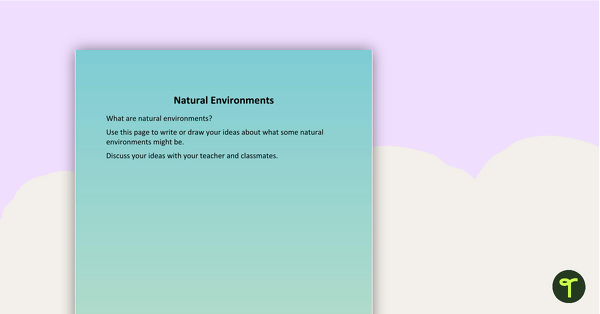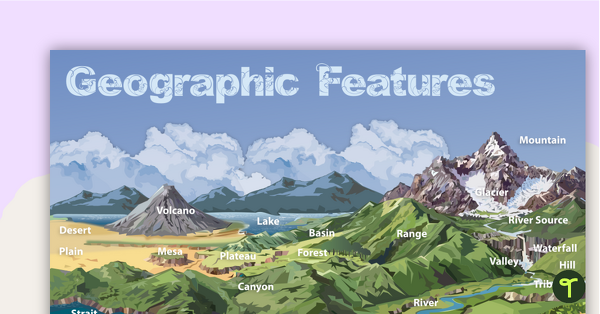A poster highlighting some of the main wildlife in Antarctica.
Information includes:
Many of the plants and animals that live in Antarctica are extremophiles. Extremophiles are organisms that thrive in extreme conditions, like Antarctica’s harsh climate of low temperatures and strong winds.
The Antarctic toothfish is native to the Southern Ocean. It is the largest species of icefish in the Antarctic and can grow up to 2 metres in length and weigh up to 135 kg .
Although killer whales live in oceans all over the world, scientists have discovered differences in the Antarctic killer whales. Known as Type A killer whales, these whales have different prey, hunting techniques and colour patterns.
These lichens are found where no other plants or fungus can exist on their own, even bacteria struggle to survive in these conditions! This lichen, known as British soldiers lichen, can photosynthesize at temperatures as low as -20⁰ Celsius.
Leopard seals, named for their spotted coats, are one of the primary predators of Antarctica.
King penguins live on the more temperate islands north of Antarctica. Even though the northern islands are warmer than other parts of Antarctica, the king penguins have adapted to the climate with four layers of feathers.













0 Comments
Write a review to help other teachers and parents like yourself. If you'd like to request a change to this resource, or report an error, select the corresponding tab above.